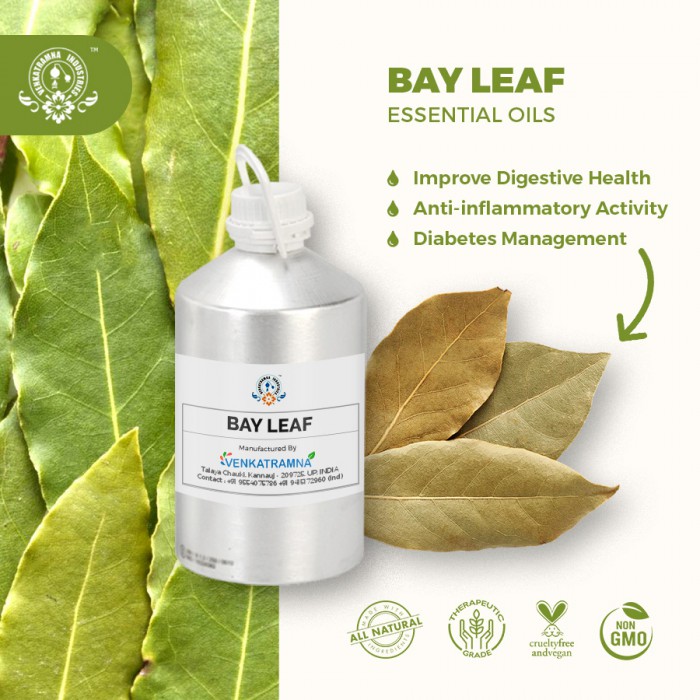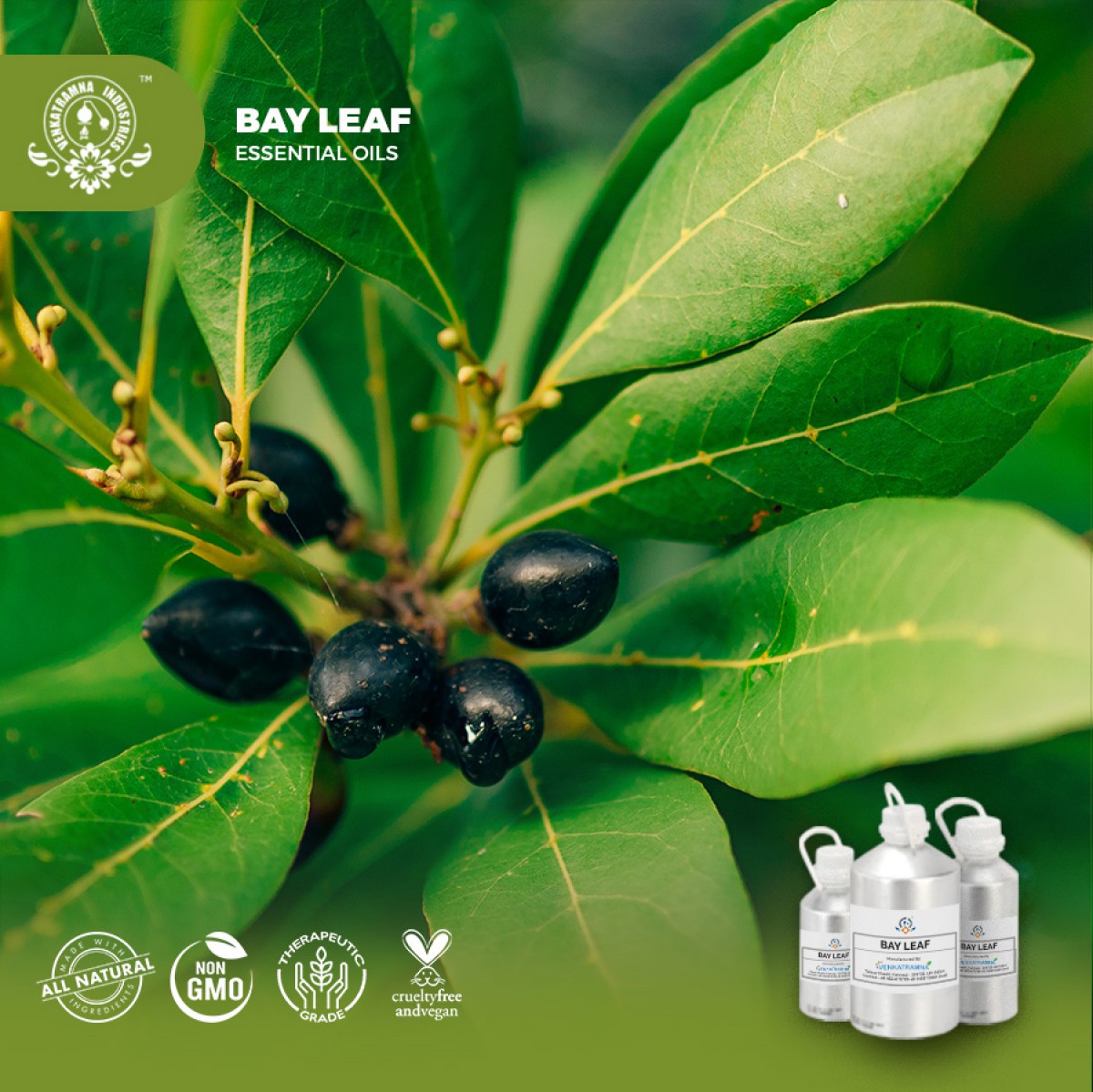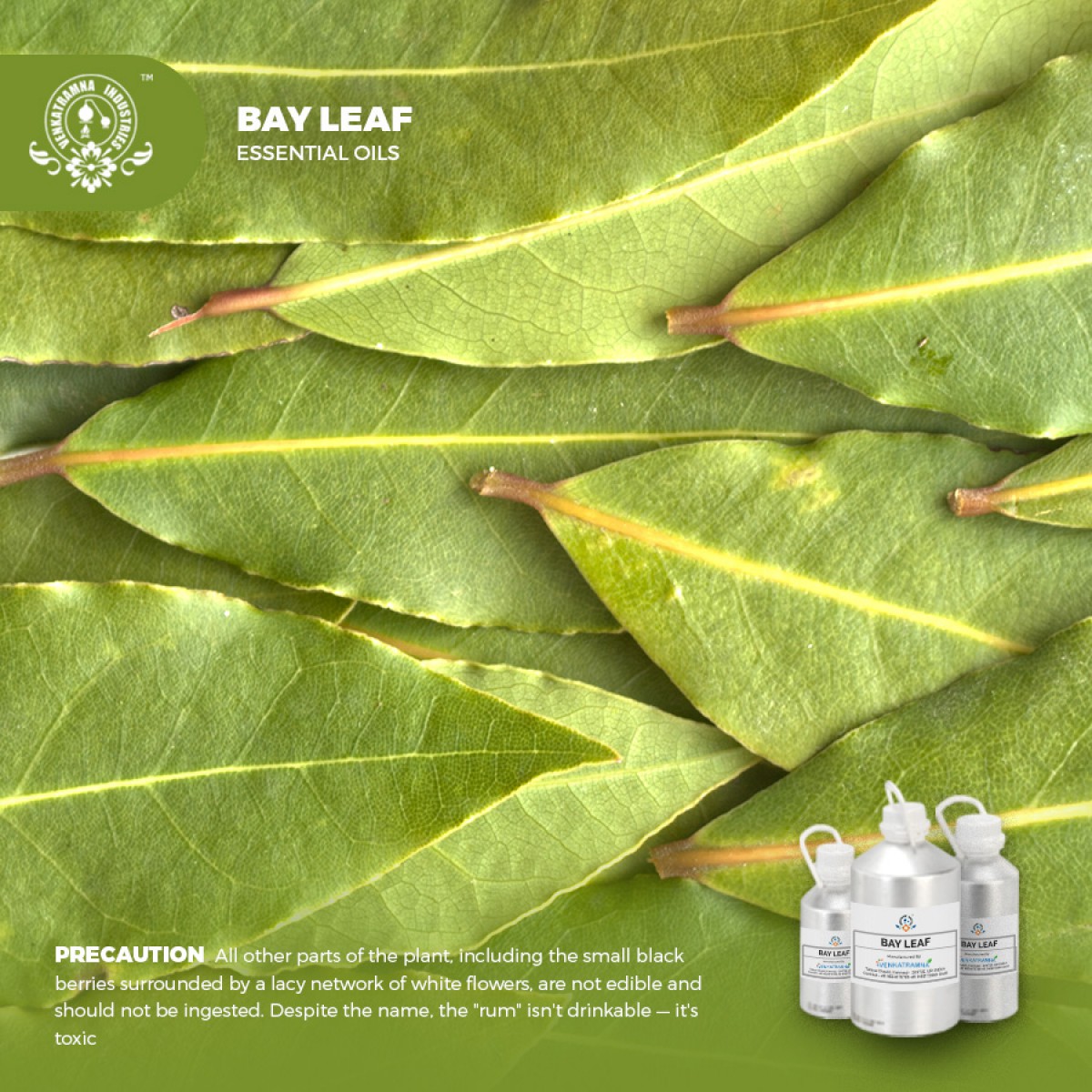Botanical Name: Pimenta racemosa Common name: pimenta acris wight Read More
Botanical Name: |
Pimenta racemosa |
|
Common name: |
pimenta
acris wight |
|
Plant family: |
Myrtaceae |
|
Genus: |
Pimenta |
|
Appearance/Color: |
pale yellow green to orange brown
liquid with a thin consistency. |
|
Odor: |
Bay has
a spicy bay leaf scent with a strong top note |
|
Blends With: |
Bergamot, Virginian, cedarwood,
Eucalyptus, Fenenl, Ginger, Orange, Patchouli, Rosemary, Ylang-Ylang. |
|
Origin |
India |
The
west India bay leaf- Pimenta racemosa-is much more fragrant and aromatic
then its Turkish, Indonesia, California or Indian cousins. Its flavor is
intense and highly spiced, with complex notes of cinnamon, clove and nutmeg
along with hints of vanilla and cardamom. If you rub the leaves, the distinctive
scent will remain on your fingers for hours.
A
member of the myrtle family, Pimenta racemosa-commonly called the bay
rum tree-provides ornamental value to landscapes with its peeling gray bark and
dark green oval leaves. The leaves emit a woody, spicy fragrance that becomes
stronger when crushed.
The bay rum tree has tolerance for salty soils and wind, making it a fitting choice for coastal landscape. Hardy in U.S. Departments of agriculture plant hardness zone 10 through 11, this tropical evergreen grows in full to partial sunlight and fast-draining, nutrient-rich soils.
The complete range of conditions or methods of use are beyond our control therefore we do not assume any responsibility and expressly disclaim any liability for any use of this product. Information contained herein is believed to be true and accurate however, all statements or suggestions are made without warranty, expressed or implied, regarding accuracy of the information, the hazards connected with the use of the material or the results to be obtained from the use thereof. Compliance with all applicable federal, state, and local laws and local regulations remains the responsibility of the user.
The FDA has not evaluated the statements on this website. No claims are made by Venkatramna Industries as to the medicinal value of any products from vriaroma.com or by us. The information presented here is for educating our customers about the traditional uses of essential oils and is not intended to diagnose, treat, cure, or prevent any disease. You are responsible for understanding the safe application of these products. If you have any questions, please call or email us for further information.
As per NAHA guidelines, New Directions Aromatics (NDA) does not recommend the ingestion of essential oils. It is imperative to consult a medical practitioner before using Essential Oils for therapeutic purposes. Pregnant and nursing women and those taking prescription drugs are especially advised not to use this product without the medical advice of a physician. The oil should always be stored in an area that is inaccessible to children, especially those under the age of 7.
Bay leaf has many traditional benefits
in culinary. Despite that is a common part of Indian spices (Hot spices) which
is used in cooking to improve flavor and taste of the food.
The health benefits of bay
essential oil can be attributed to its properties as an antiseptic, antibiotic,
anti-neuralgic, anti-spasmodic, analgesic, aperitif, astringent, cholagogue,
emenagogue, febrifuge, insecticide, sedative, stomachic, sudorific, and tonic
substance.
Its
exotic aroma has relieving effects on mind. It is used as spice in Indian foods
to add flavoring and taste while cooking.
·
Improve
Digestive Health
·
Treats
Respiratory Conditions
·
Hair
Health
·
Reduces
Anxiety and Stress
·
Diabetes
Management
|
S.No |
Key Constituents |
Strength (%) |
|
1 |
Eugenol |
44.4-56.2% |
|
2 |
b-Myrcene |
6.4-25.0% |
|
3 |
Chavicol |
9.3-21.6% |
|
4 |
Linalool
|
1.7-6.0% |
|
5 |
(p)-Limonene
|
0.8-3.9% |
|
6 |
1-Octen-3ol
|
0.9-2.0% |
|
7 |
1,8-cineole
|
0.2-1.4% |
|
8 |
Methyl
eugenol |
0-1.4% |
|
9 |
(E)-b-ocimene |
0-1.4% |
|
10 |
Terpinen-4-ol |
0.3-1.2% |
|
11 |
3-octanone |
0.8-1.1% |
|
12 |
d-cadinene |
0.6-1.0% |
|
13 |
3-octanol |
0.6-1.0% |
|
14 |
p-Cymene |
0.1-1.0% |
|
15 |
Estragole
tr |
0.1% |
Safety summary
·
Hazards: Drug
interaction; may contain estragole and methyl eugenol; may inhibit blood
clothing; skin sensitization (low risk); mucous membrane irritation (low risk).
·
Caution (oral): May interact
with pethidine, MAOIs or SSRIs. Anticoagulant medication, major surgery, peptic
ulcer, hemophilia, other bleeding disorders.
·
Maximum adult daily oral dose 50 mg maximum
dermal use level
|
EU |
0.01% |
|
IFRA |
0.02% |
|
Tisser
and and Young |
1.4% |
·
Maximum dermal use level (based on
eugenol content)
|
EU
No |
Legal
limit |
|
IFRA |
0.9% |
|
Tisser
and and Young |
0.9% |
Safety advice
Recommended
dermal maximum of 0.9%, based on 56.2% eugenol content and a limit of 0.5%. our
oral maximum is based on 1.4% methyl eugenol, and a limit of 0.01 mg/kg/day.
Organ-specific
effects
·
Adverse skin reaction: tested at 10% on 25 volunteers West Indian
Bay Oil was neither irritating nor sensitizing. Eugenol is a potential cause of
skin sensitization in dermatitis patients.
·
Cardiovascular effects: Eugenol
inhibits platelet aggregation, an essential step in the blood clotting
cascade.
Systematic
effects
·
Acute toxicity: West Indian bay
oil acute oral LD50 in rats 1.8 g/kg; acute dermal LD50 in rabbits>5 mL/kg.
·
Antioxidant/pro-oxidant activity: West India bay
oil inhibited lipid peroxidation, and scavenged both DPPH radicals and OH
radicals (0.6 mg/mL), almost as efficiently as eugenol. Eugenol and chavicol
are potent antioxidants in lipid systems.
·
Carcinogenic/ anticarcinogenic
potential: No information! Found. Methyl eugenol is a
rodent hepatocarcinogen when exposure is sufficiently high; eugenol,
(p)-limonene and linalool display anti-liver cancer activity in vitro, and in
vivo for (p)-limonene in rats.
Drug interactions: Anticoagulant
medication, because of cardiovascular effects, above. Since eugenol
significantly inhibits human MAO-A, oral doses of eugenol-rich essential oils
may interact with pethidine, indirect sympathomimetics, MAOIs or SSRIs.
Caution
Only the leaves
of Pimenta racemosa can be used in cooking, teas and essential oil. All
other parts of the plant, including the small black berries surrounded by the
lacy network of white flowers, are not edible and should not be ingested.
Despite the name, the “rum” is not drinkable-it’s toxic.
·
Ecotoxicity: No data available.
·
Bioaccumulation: No data available
·
Mobility in soil: No data available
·
Persistence and degradability: No data available
·
PBT and vPvB assessment: No data available





 MSDS-Bayleaf.pdf
MSDS-Bayleaf.pdf




